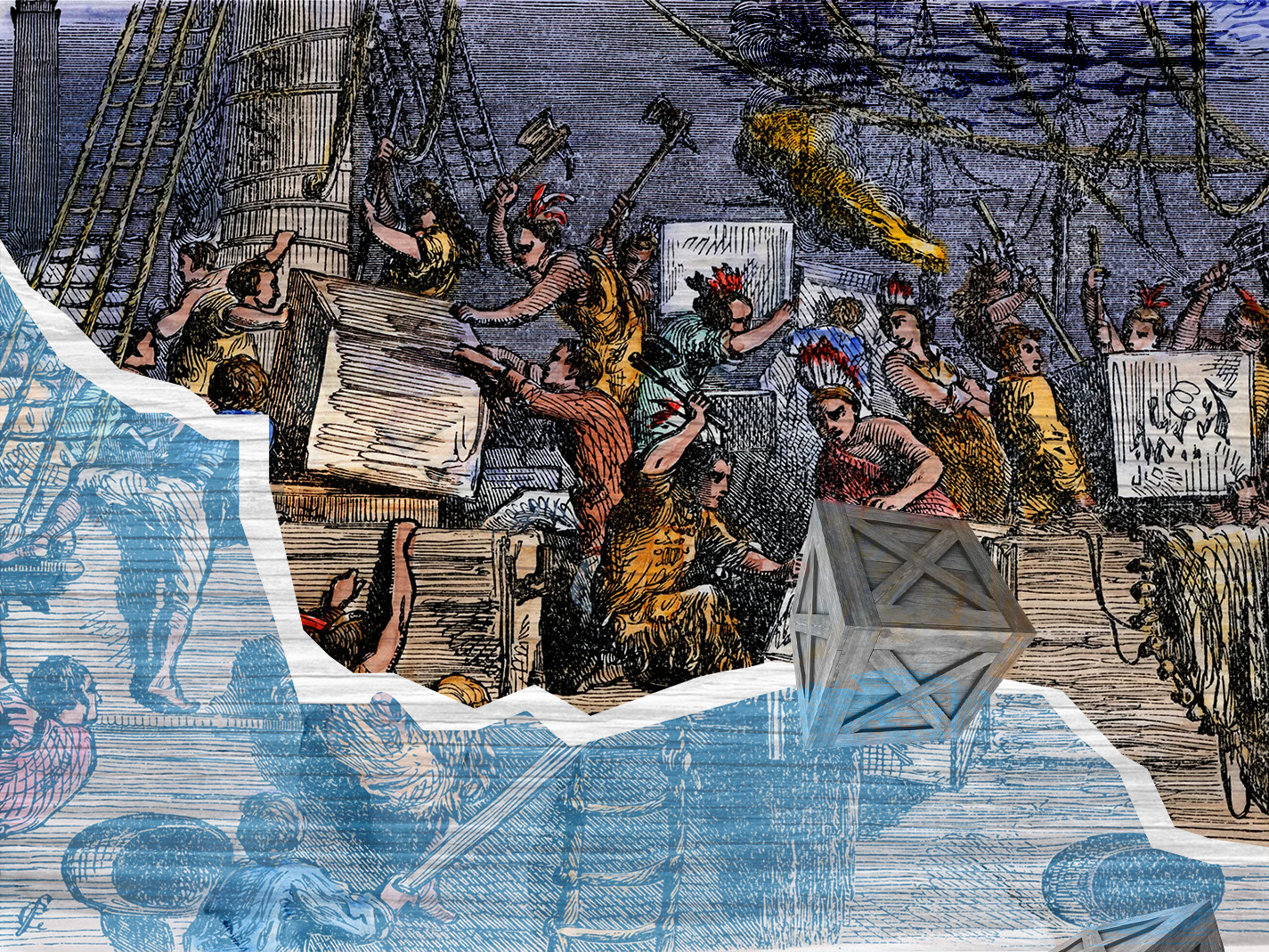
Author’s Note: The nation’s 250 Anniversary is only 30 months away. The National Association of Scholars can hardly wait. Over the interval, we will post short commemorations of the events that led up to the Second Continental Congress officially adopting the Declaration of Independence on July 4, 1776.
Some events are familiar to most Americans, such as Minute Men assembling on the green at Lexington, Massachusetts April 19, 1775. Other events are less known, such as King George III giving royal consent to the Quartering Act on June 2, 1774. We at NAS are committing ourselves to tracking it all, including the Battle of Great Canebreak, South Carolina, December 22, 1775.
We will be a bit educational, but we hope also to be high-spirited. This is a revolution after all.
We missed the Boston Massacre, March 5, 1770, but we are here for the Semiquincentennial of the Boston Tea Party—Cheers!
We can think of no better way to commemorate this famous impersonation of Native Americans by the tax-weary patriots of the Sons of Liberty than by inviting as our special guests some of the great pretendians of our time:
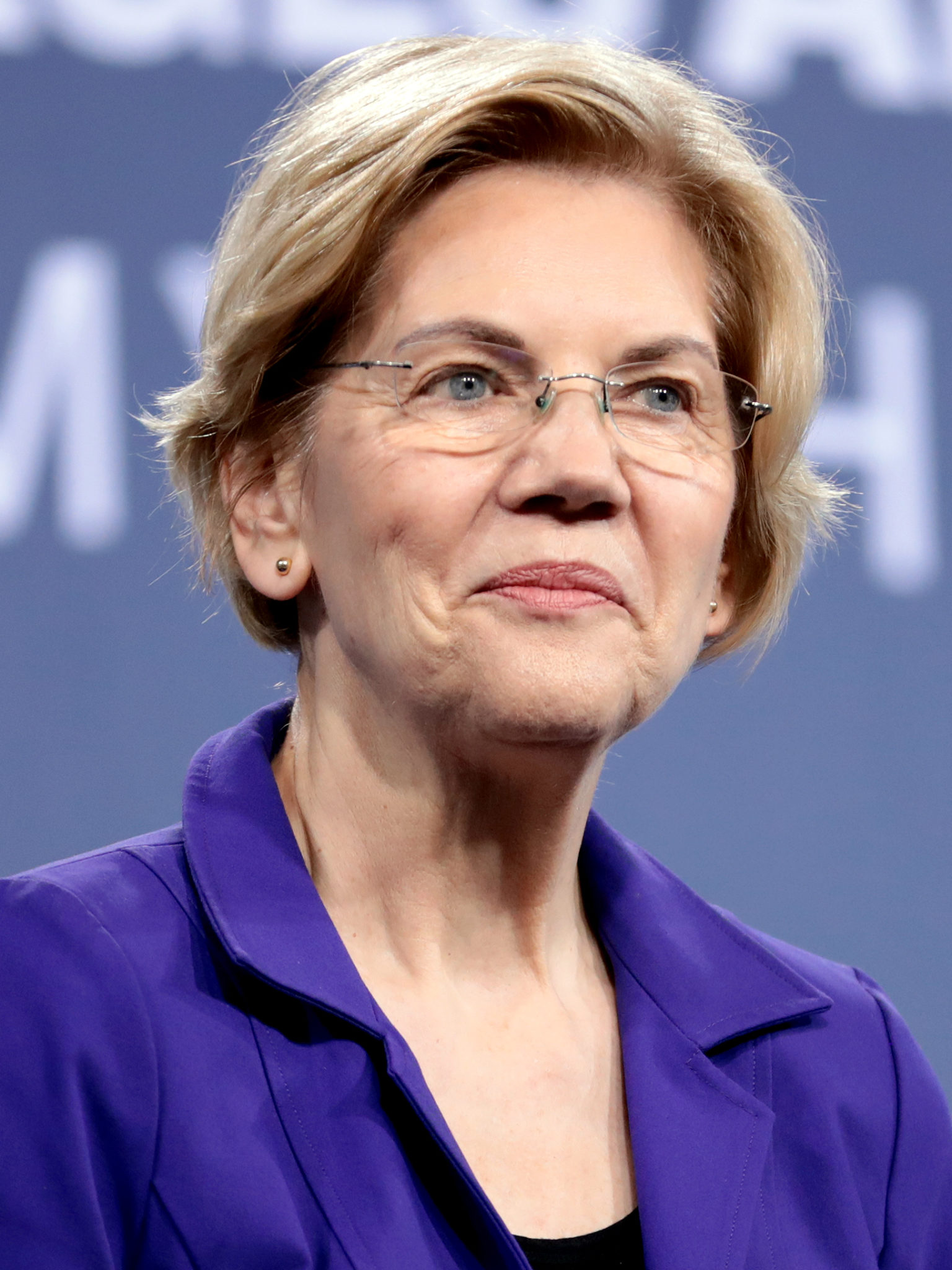
Elizabeth Warren — Harvard University — Wikimedia Commons
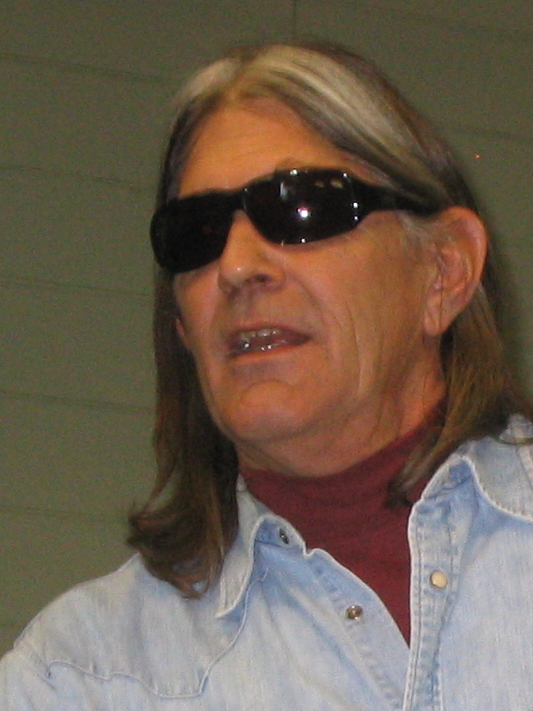
Ward Churchill — University of Colorado — Wikimedia Commons
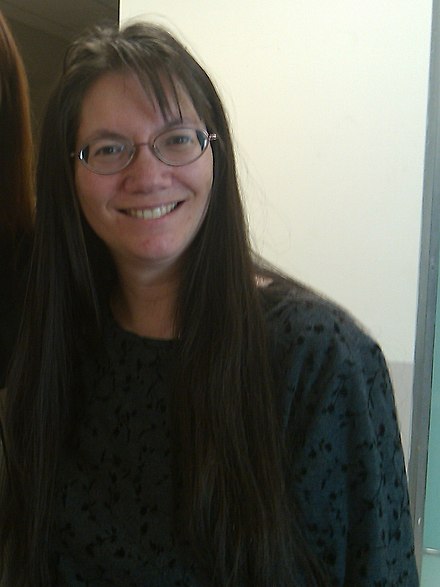
Andrea Smith — University of California, Riverside — Wikimedia Commons
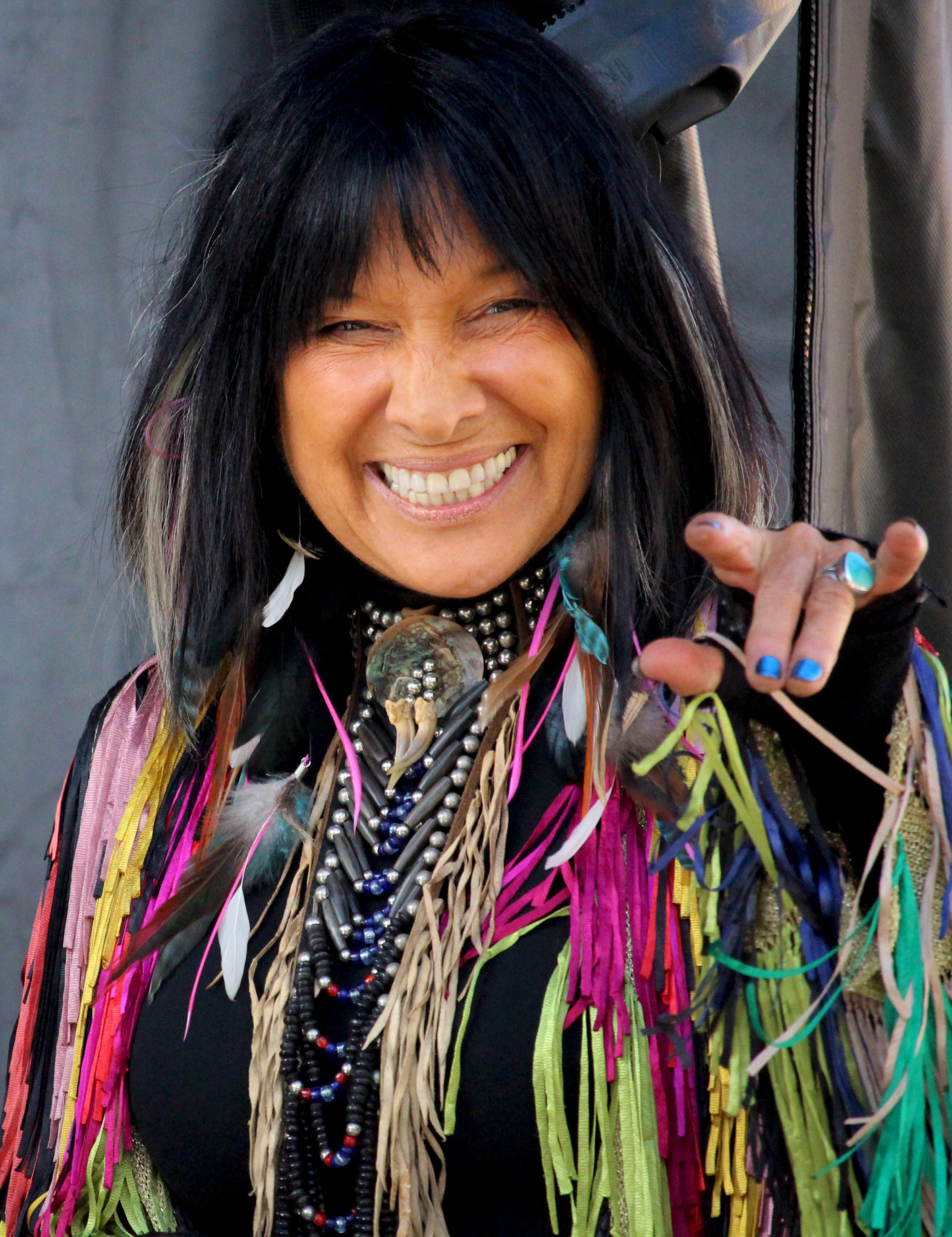
Buffy St. Marie — Singer — Wikimedia Commons
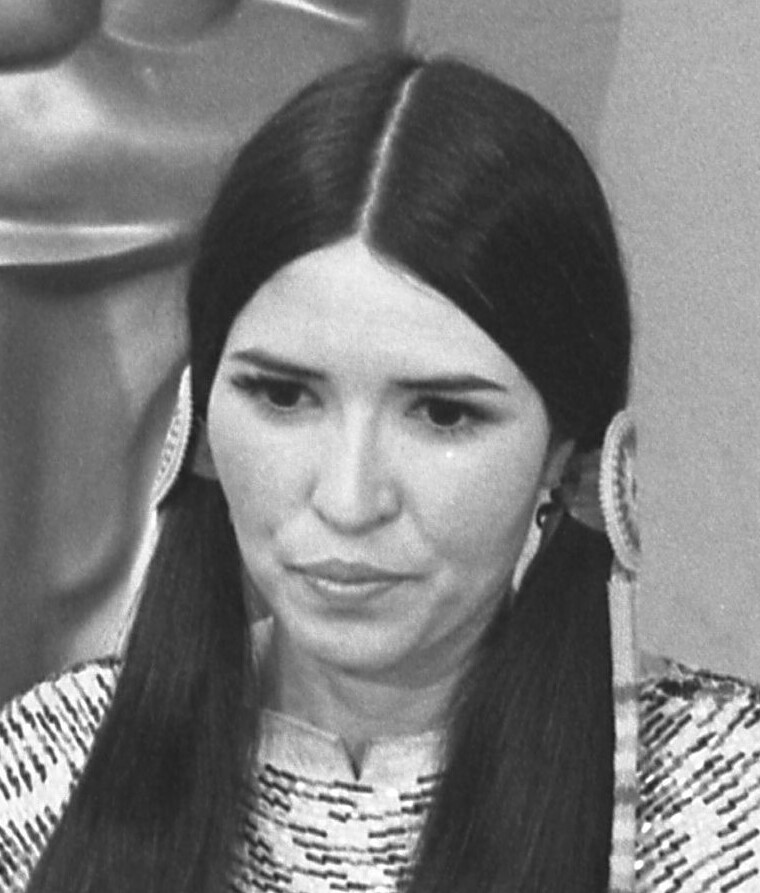
Sacheen Littlefeather — Actress — Wikimedia Commons
The preponderance of women falsely claiming Native American identities to advance their careers in academe—but not just academe—is to be noted.
It is good to see their on-going tribute to Sam Adams and the other high-spirited 18th-century tax resisters, dressed as Mohawk warriors, as they boarded British East India Company’s ships—Dartmouth, Beaver, and Eleanor.
Actual Indian raids near Boston had ended long before, and Mohawks lived way over in the Adirondacks, but the crowd that gathered on the wharf that night were in on the joke and cheered the tea-dumpers. The British were in the habit of treating Americans like savages, so the protesters dressed the part. The Boston Tea Party was a carnival.
How did the American Revolution begin? A bunch of gleeful pretendians tossed 45 tons of tea (about $1 million dollars in today’s money) into the brine.
The costuming of the Boston protesters in 1773, however, was not simply for glee. Painted and feathered, the protesters were also making sure that the British observers could not identify them as individuals and later arrest them. In other words, the Boston Tea Party was an exercise in anonymous political protest. There were no FBI infiltrators on the scene, no Ray Epps, no “crisis performers” working for the Democratic Party to turn the protest into a riot, and no cameras to capture 44,000 hours of footage.
Anonymous protest is, in a sense, An American birthright.
But these days, politicians of both major parties would prefer that it be blotted out. Candidate for Republican presidential nomination Hikki Haley recently declared at an Iowa town hall and then on Fox News that “Every person on social media should be verified by their name.” She said this would assist with “national security” and:
When you do that, all of a sudden people have to stand by what they say. And it gets rid of the Russian bots, the Iranian bots, and the Chinese bots. And then you’re going to get some civility when people know their name is next to what they say, and they know their pastor and their family members are going to see it.
Haley came under considerable criticism for her declaration and a few days later amended her view, saying, “I don’t mind anonymous American people having free speech … What I don’t like is anonymous Russians and Chinese and Iranians having free speech.”
But the cat was out of the bag. The “deep state” crowd believes that the greatest threat to America comes from American people who say rude things about the government and each other would strongly prefer to use modern technology to prevent people from speaking without an electronic name tag.
If technology existed in the 18th century, we would have had no Boston Tea Party—for that matter Benjamin Franklin (aka Mrs. Silence Dogood, Poor Richard, Robert Saunders, and Americanus) would have stayed silent. And the Federalist Papers, published under the name “Publius,” might have languished while Alexander Hamilton, James Madison, and John Jay considered their options.
A robust republic ought to be confident that it withstands the expression of opinions the authorities might not like. Doesn’t the First Amendment say something like that?
But back to the question of impersonation. These days Native Americans tend to resent white people who claim indigenous ancestry for the sake of advantages in college and university hiring, Hollywood, and popular culture. It is an understandable resentment—not least because the pretendians usurp opportunities from actual Native Americans—but because there is a bit of cultural envy in the pretendians as well. Westerners often feel alienated from their own civilization and want to conjure up a more “authentic” identity.
Native Americans, of course, are not the only ethnic category subject to these appropriations. We could fill a National Gallery with Rachel Dolezals and her fellow white imitators of black ancestry, and it would have to include a wing for the white Natasha Lycia Ora Bannans who are busy pretending to be Latina—or Latinx.
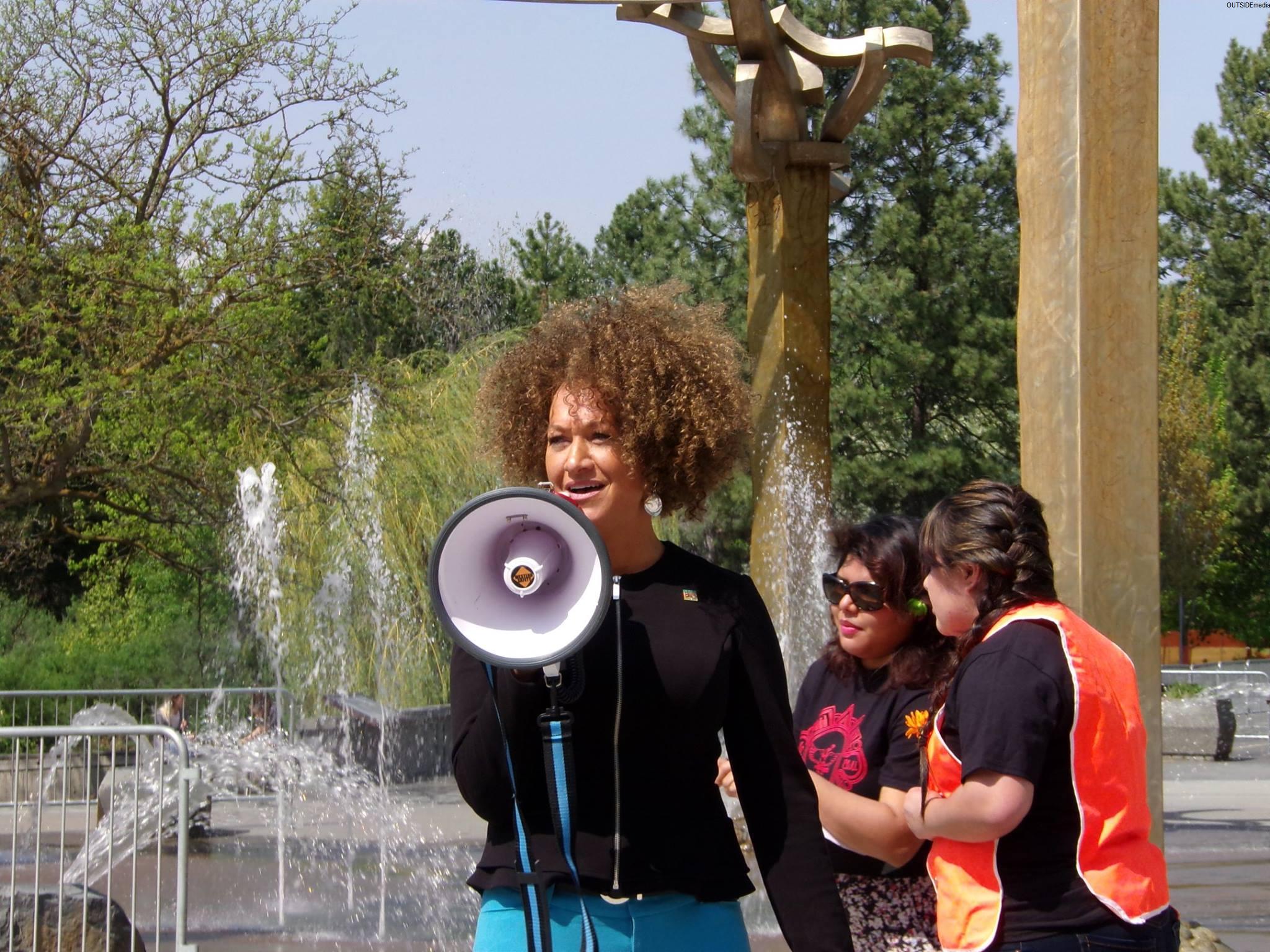
Rachel Dolezal — Pretendiblack — Wikimedia Commons
Would the Sons of Liberty in 1773 have bothered to take that first step in throwing off the yoke of British tyranny and the weight of “Old Europe’s” hierarchical control if they knew what the liberty they sought would come to?
We will weigh that question in the coming months as we turn the pages of our 2026 Revolutionary Advent Calendar.
Pretendians: A poem by David Randall, Director of Research at National Association of Scholars
Matt is a Marblehead Mohawk
While Hugh is a Huron from Hull;
Sam, you should know, is a Shawnee from Stow,
And Pete Paiute-painted his skull.We’re all of us every one Injuns!
We’re Injun as Injun can be.
To port and to starboard, all through Boston Harbor,
It’s Injuns who’re tossing out tea.Liz is a Cherokee law-squaw
While Buffy’s a carolin’ Cree;
Ward is très chic–he’s a very pure Creek–
And Carrie is mezzo-Métis.We’re all of us every one Injuns!
We’re Injun as Injun can be.
It’s me and my buddies who teach Ethnic Studies,
We’re Injuns what got a degree,I’m Hawkeye a Mohican medic,
Tecumseh en route to the sea;
I’m sometimes a Squanto, and other times Tonto,
Die daily out at Wounded Knee.We’re all of us every one Injuns!
We’re Injun as Injun can be.
It’s old hanky-panky by all us fine Yankees
Since first we came over the sea.
Art by Beck & Stone
The so-called “Boston Massacre” of March 5, 1770 is far more complicated than many people realize, and without getting into all of the underlying issues, mostly economic, I think a brief review of what actually happened is warranted.
The building is still there, it’s called the “Old State House” today and is an entrance to the Boston subway (State Station on Orange & Blue lines). The soldiers were outside the locked doors with no cover and no place to retreat to. It was a dark night and there were no streetlights back in 1770, what light there was consisted of candlelight coming out the windows.
Tensions were running high, snowballs led to rocks being thrown — and then someone pulled the fire alarm. Back then the church bell was the fire alarm, and every able bodied person was a firefighter — the buildings were mostly made of wood, all the barns were full of hay, and fire was a real concern. So when someone started ringing the churchbell, *everyone* came running…
And then one Crispus Attucks took “a piece of cordwood” — a four-foot long log — and swung at the head of a British soldier. What do you think would happen if you did that to a police officer today??? John Adams convinced a Boston jury that the soldiers had shot in self defense — which they had.
It was Paul Revere’s engraving that made it into a “massacre” but that’s not what really happened. And Attucks, who was Black, was not really a hero.